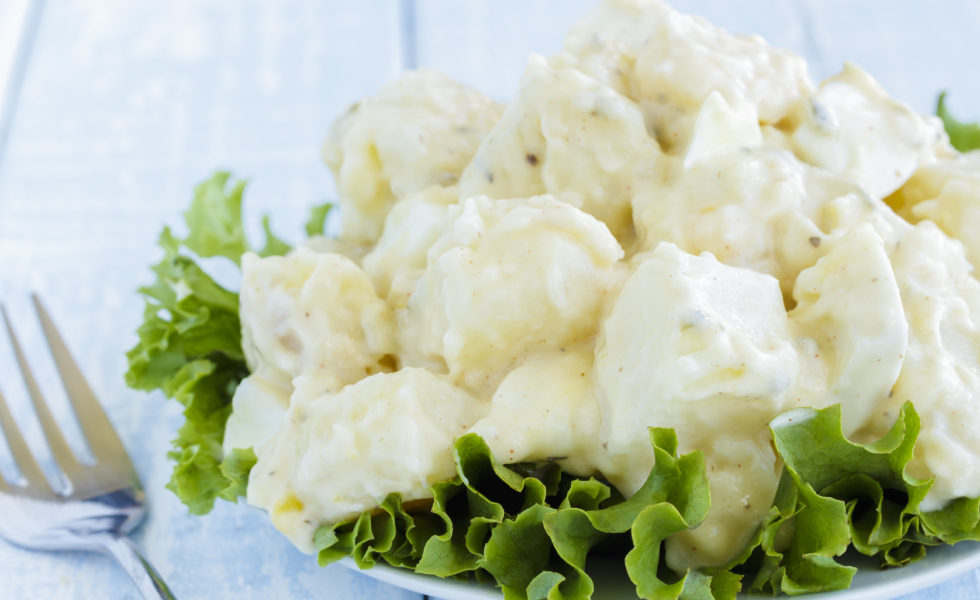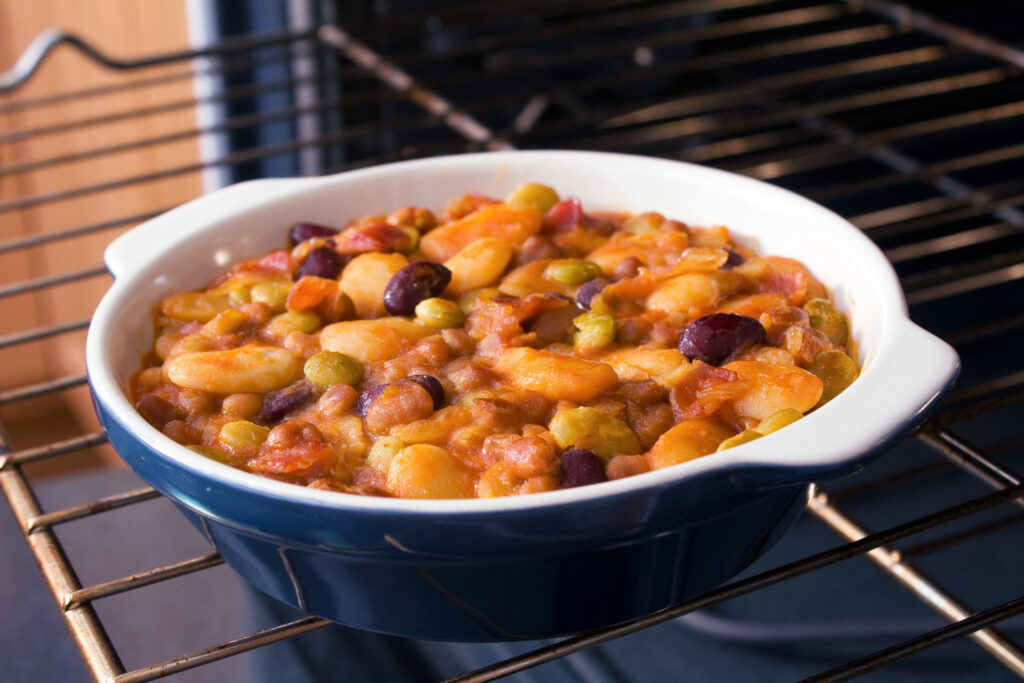Horseradish Information Council
Celebrating 35 years of bold flavor! We’re dedicated to expanding the appeal of horseradish, proving it’s more than just a condiment for beef and seafood.
Popular Recipes
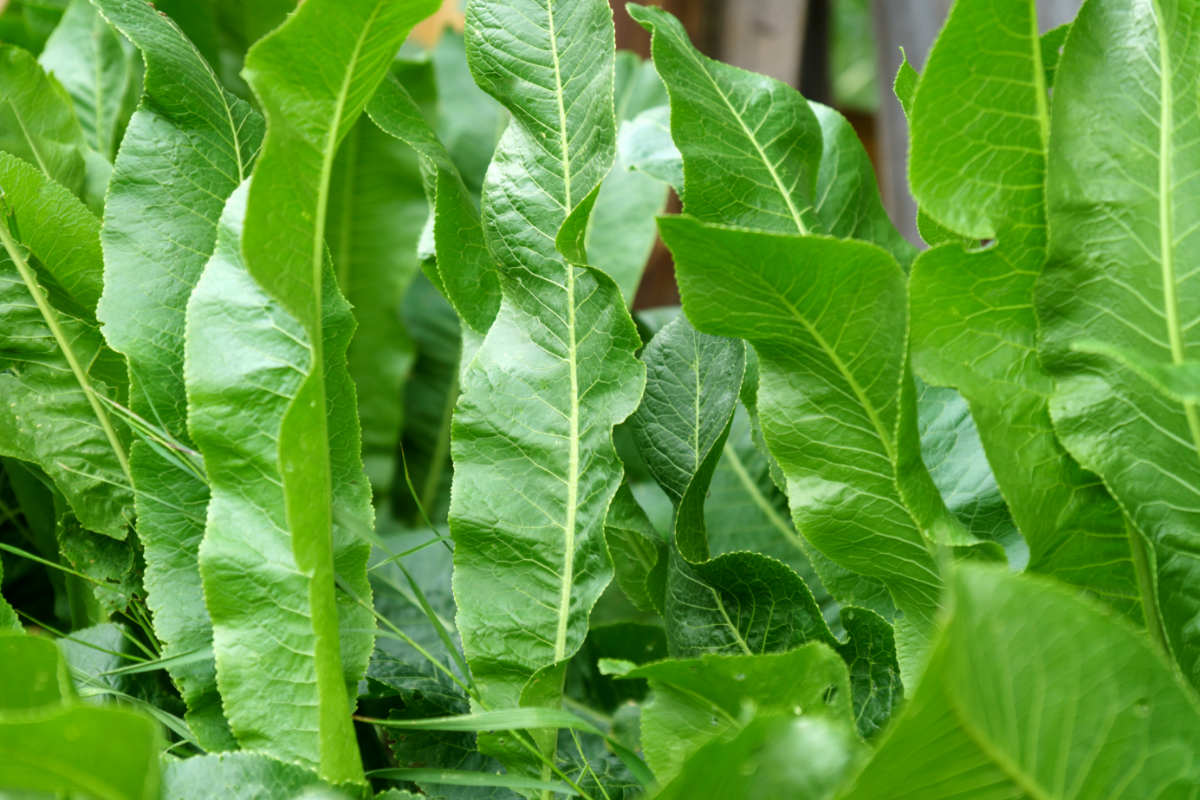
What is Horseradish?
Harvested in spring and fall, horseradish is grated and mixed with vinegar for its signature heat. Collinsville, Illinois, grows 60% of the world’s supply and celebrates this bold root each May at the International Horseradish Festival.
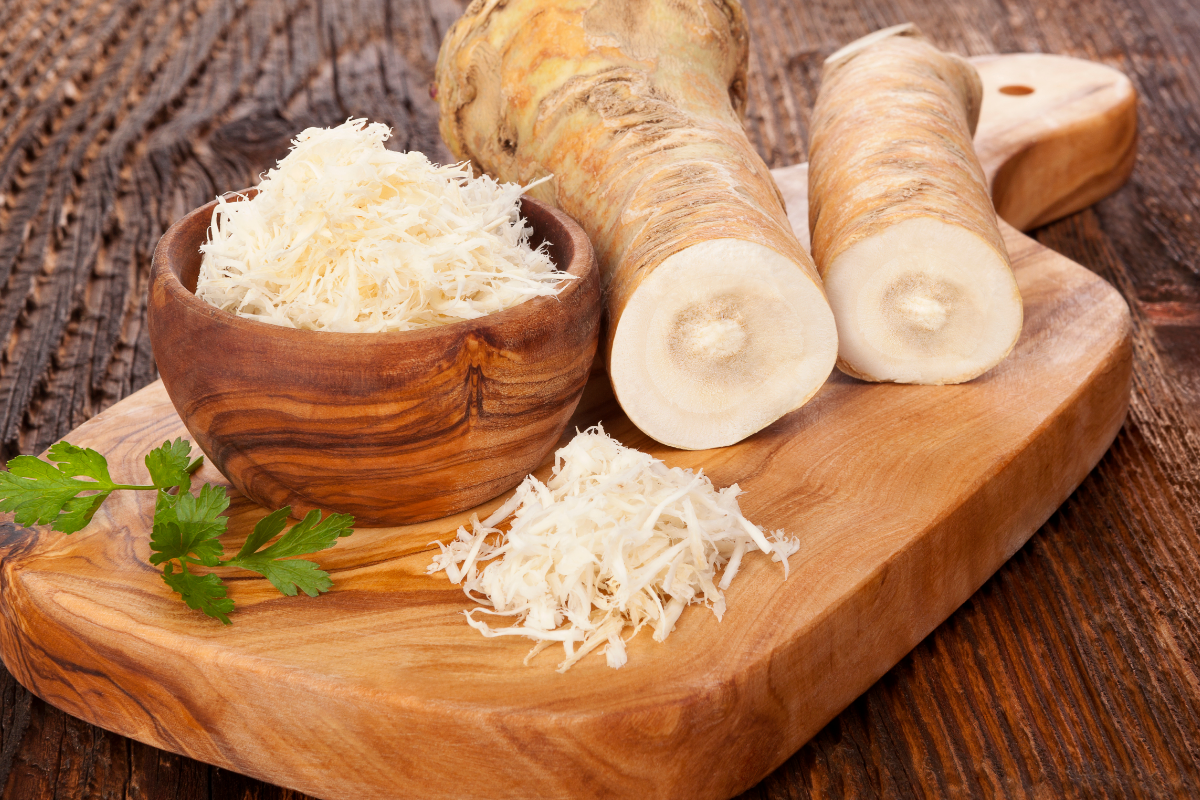
What Makes Horseradish Hot?
The heat comes from isothiocyanates, released when the root is grated. Vinegar stabilizes the flavor—added quickly for mild horseradish or delayed for extra kick.
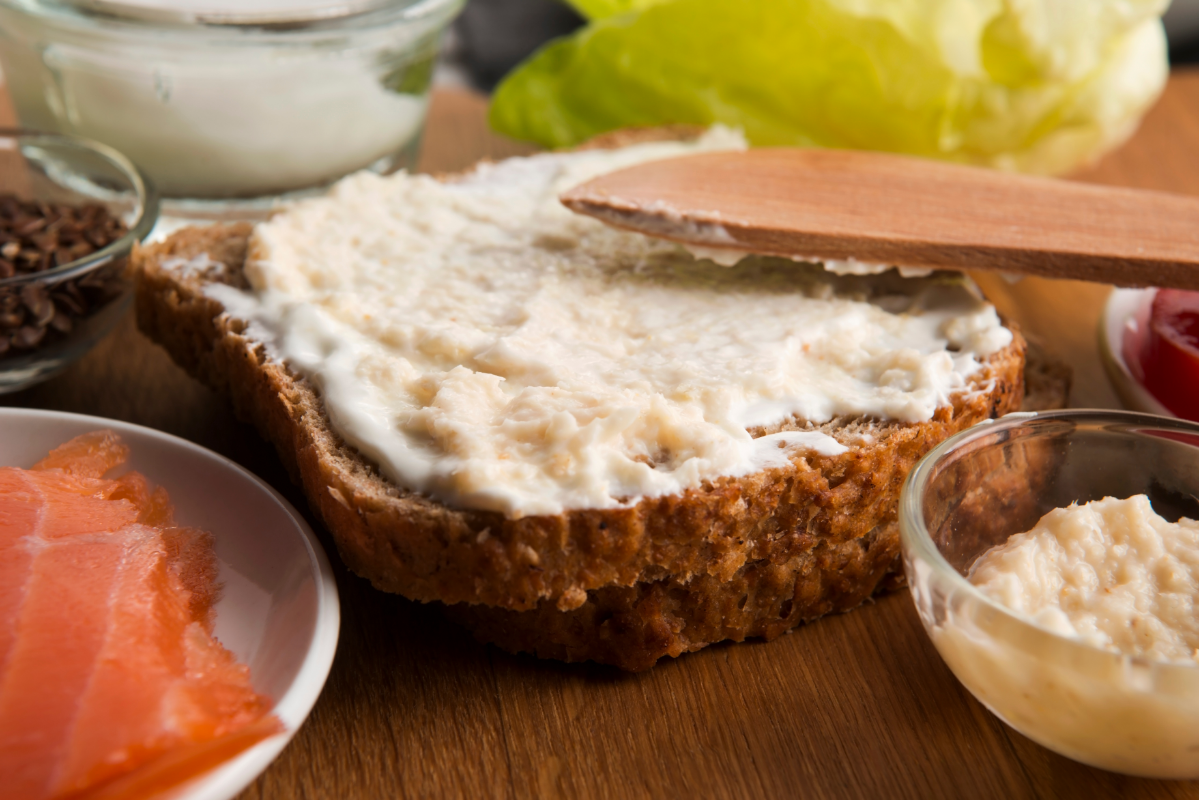
Selecting Horseradish Products
From classic prepared horseradish to sauces and mustards, freshness is key. Keep it cold to preserve its bold flavor, and choose the right variety for every dish.


